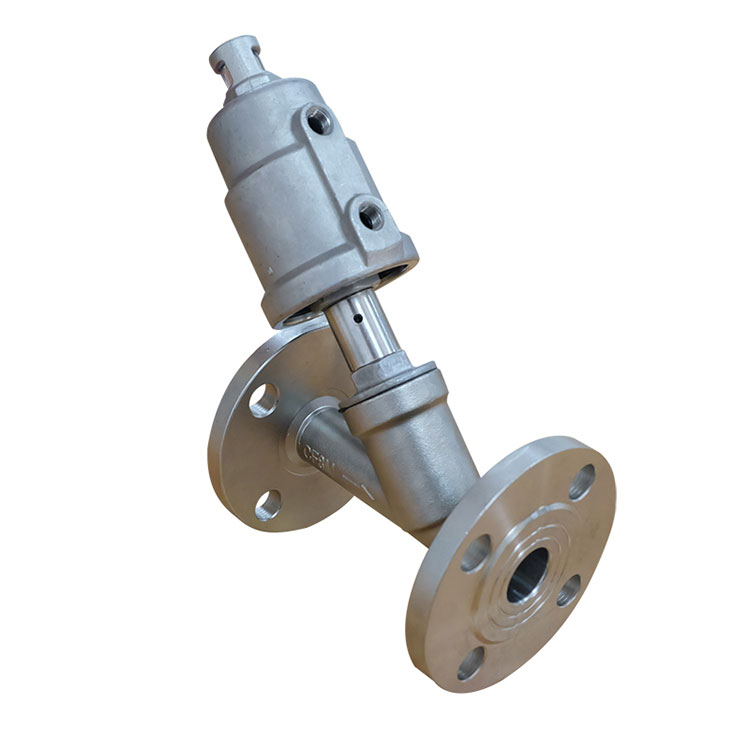What is the structure of the globe valve?
2023-10-18
What is the structure of the globe valve?
The globe valve is mainly composed of six parts: valve stem, valve body gasket, handle, valve body and valve cover, as shown in the figure below:
The opening and closing part of the globe valve is a plug-shaped disc, the sealing surface is flat or sea-cone, and the disc moves linearly along the centerline of the valve seat. The movement form of the valve stem, (common name: dark rod), also has a lifting and rotating rod type that can be used to control various types of fluids such as air, water, steam, various corrosive media, mud, oil, liquid metal and radioactive media. flow.
Extended information:
Working principle of globe valve:
The globe valve uses the torque of the valve stem to press down on the sealing surface, and relies on the pressure of the valve rod to make the sealing surface of the valve disc and the sealing surface of the valve seat fit closely to prevent the inflow of the medium or to adjust the flow rate of the medium.
There is no contact between the valve seat and the disc sealing surface of the globe valve, so its sealing surface has less mechanical wear and has a very reliable cut-off action. Since the valve seat and valve disc of most globe valves are relatively easy to repair or replace the sealing element without removing the entire instrument valve from the pipeline, it is very suitable for the occasion where the instrument valve and pipeline are welded together.
Under normal circumstances, the function of the globe valve is only fully open and fully closed, that is, the function of cutting off, but some variants of the globe valve can also achieve the function of regulation and throttling through some structural changes.



